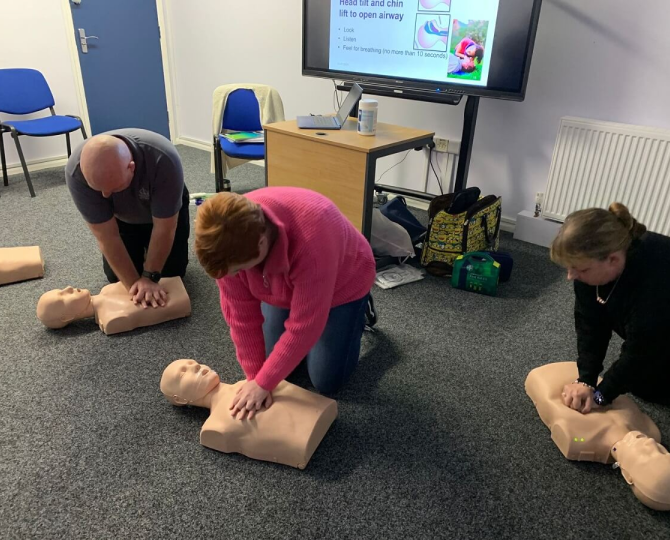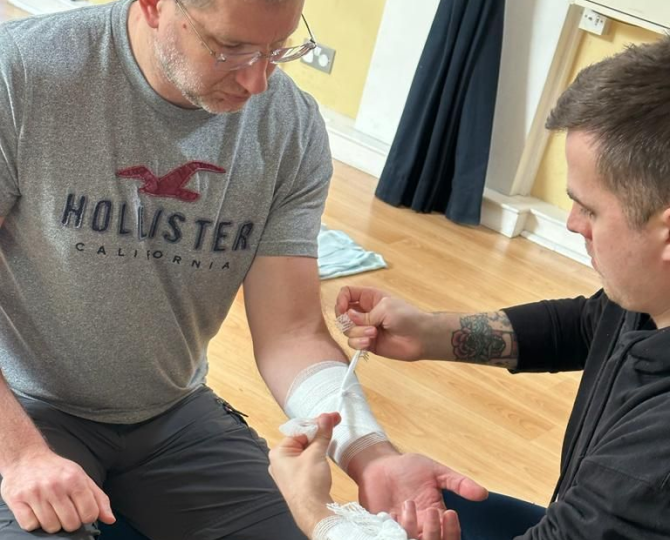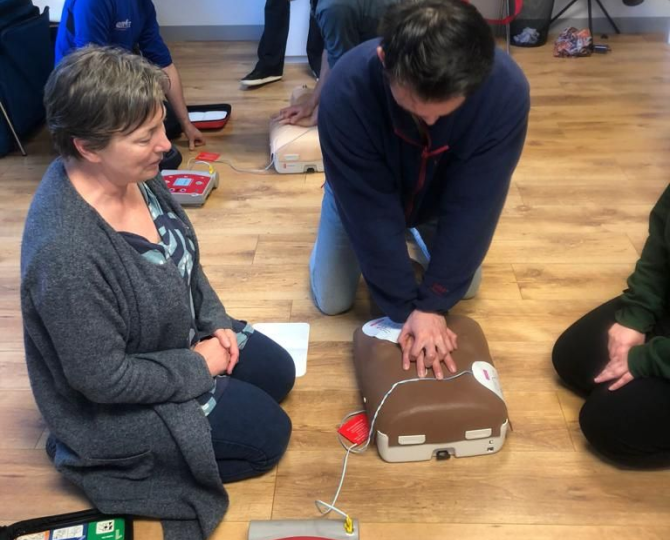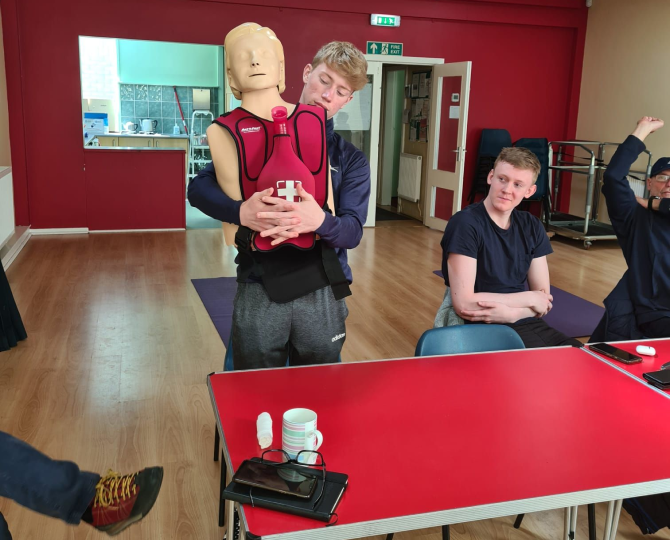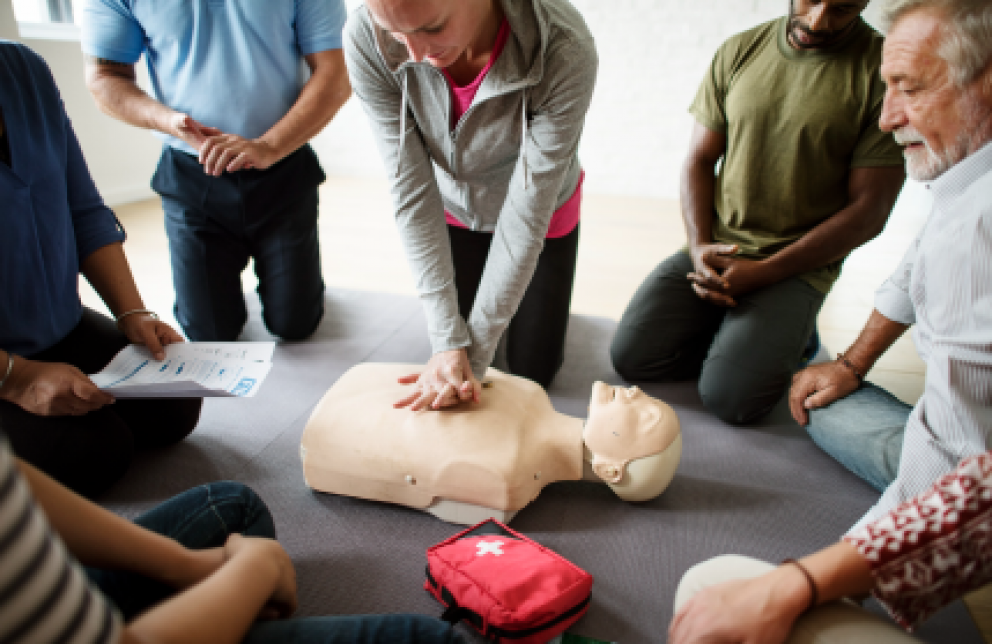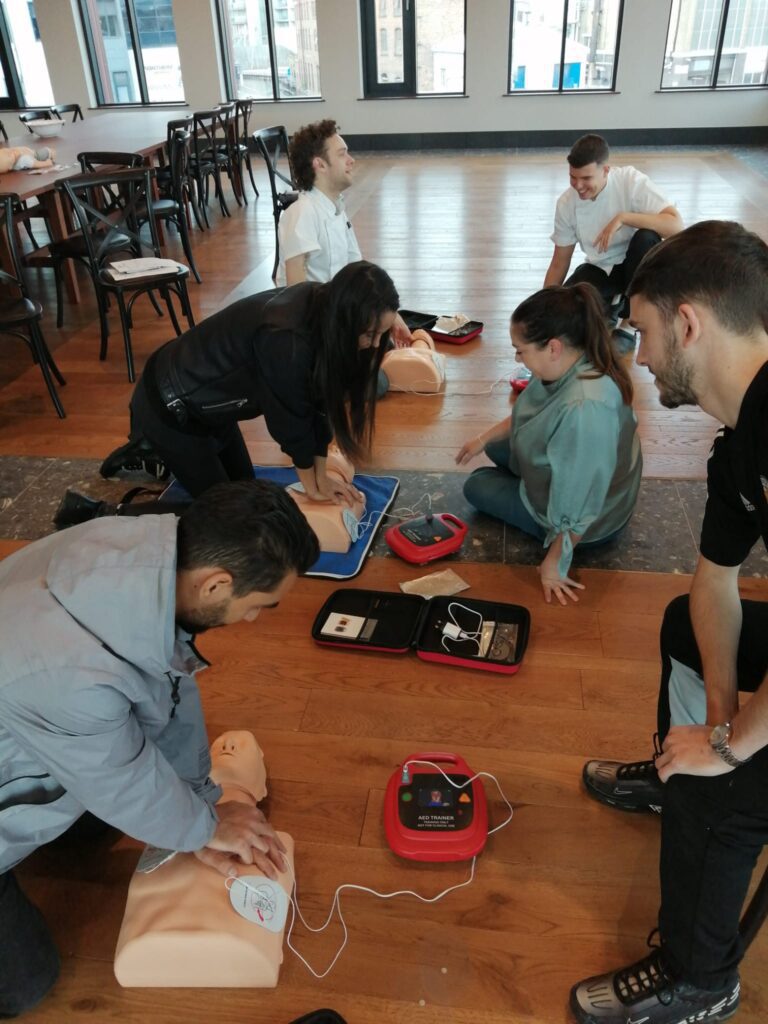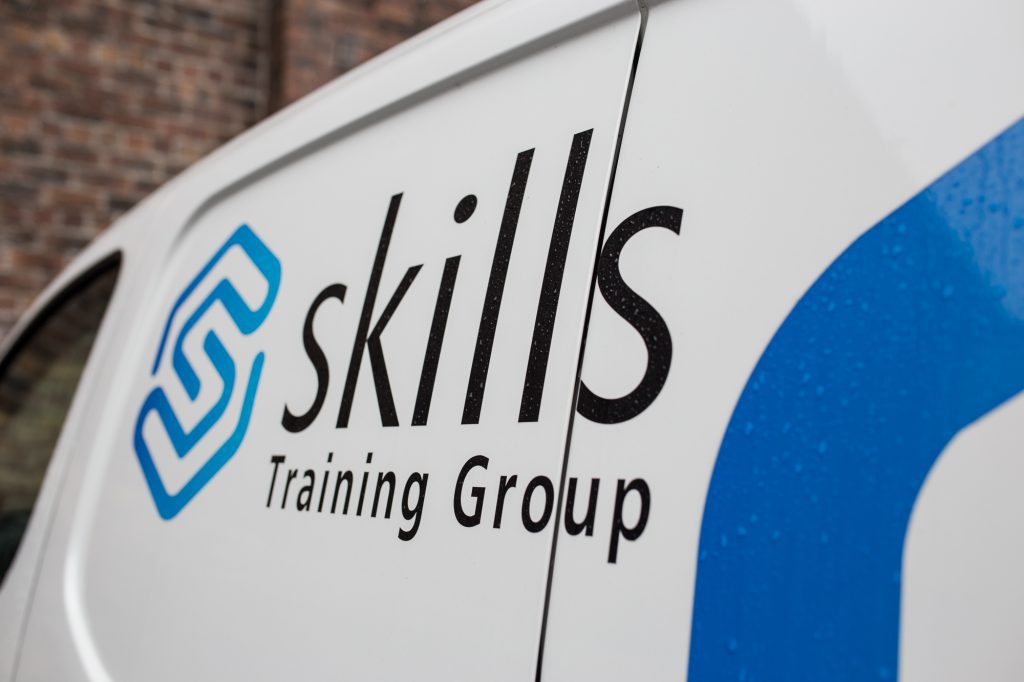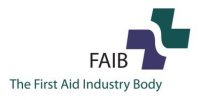The legislation is part of a series of measures put in place from the Health and Safety at Work etc Act 1974. It describes the essential aspects of first aid that all employers need to adhere to, irrespective of how small or large the business, organisation, or premises is.
As you’ve no doubt gathered by now, there were no legal workplace requirements before the HSE’s first aid regulations in 1981. Workplace injuries and illnesses are sadly commonplace, and according to HSE’s own compiled statistics for 2018 to 2019:
581,000 people sustained an injury at work;
1.4 million people experience work-related illnesses;
2,526 workers contracted mesothelioma after exposure to asbestos.
You may assume that the legislation only deals with the types of first aid equipment needed in the workplace. But, the aim of The Health and Safety (First Aid) Regulations 1981 is also to manage the provision of requirements and training for first-aiders.
Definition of ‘adequate and appropriate’ in the legislation
When you read through the legislation, you’ll come across regulation 3 which states that employers must provide ‘adequate and appropriate’ first aid equipment and facilities. You’ll come across those two words frequently in the legislation. But what exactly do they mean?
As you can appreciate, each employer’s working environment is different and comes with different sets of risks. For example, office staff will have different risks in their workplace compared to builders working on construction sites.
The legislation uses the words ‘adequate and appropriate’ because it’s up to employers to carry out risk assessments of their workplaces. And once they’ve done that, they must put in place first aid measures that match those risks.

